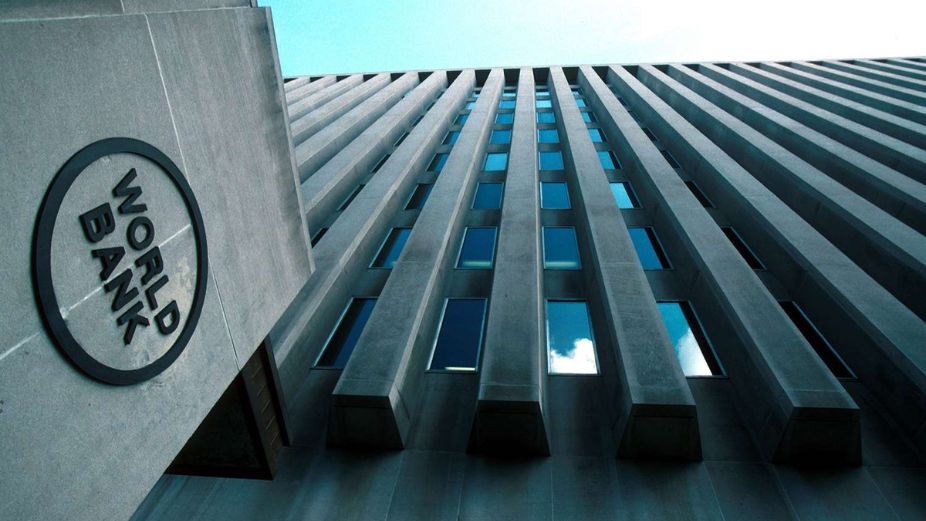
The Maldives will face an external debt servicing requirement of USD 1 billion this year, according to the World Bank’s Maldives Development Update – April 2025, raising serious questions about the country’s debt sustainability amid falling reserves and restricted access to global markets. The report paints a sobering picture of a country edging closer to a potential liquidity crisis, with public and publicly guaranteed debt continuing to rise and critical repayments looming.
As of the fourth quarter of 2024, public debt had reached USD 9.4 billion, equivalent to 134.2 percent of GDP. This is up from USD 8.2 billion (124.2 percent of GDP) the previous year. The increase is largely attributed to continued deficit financing and the accumulation of liabilities tied to infrastructure projects and SOEs. External debt, though a smaller proportion of total obligations due to a shift toward domestic financing, still poses a major risk. External PPG debt alone stands at 57.7 percent of GDP.
The World Bank report highlights that the country’s debt servicing burden will spike sharply in 2025. While repayments amounted to USD 424.3 million in 2024, the figure is expected to more than double this year. This includes the maturing of a USD 500 million Sukuk and a USD 100 million private placement in 2026, for which advance arrangements and buffers need to be in place in 2025. The repayment load increases further in 2026 to USD 1.1 billion, intensifying fiscal strain.
Although 76.5 percent of debt is now domestically held, up from 72.7 percent in 2023, this has not shielded the country from stress. The yield on the Maldives’ USD-denominated Sukuk rose to 32 percent by February 2025, reflecting heightened market concerns. Sovereign ratings have been downgraded, further limiting access to international capital markets.
The fiscal cushion meant to support these obligations remains fragile. Gross international reserves fell to just USD 371.2 million by September 2024, the equivalent of only 0.8 months of imports. The Sovereign Development Fund (SDF), created to offset maturing external debt, held only USD 65 million as of mid-2024, well short of what will be needed. While currency swaps with India and loan refinancing with Chinese lenders have temporarily eased pressure, these are not long-term solutions.
Adding to the concern is the growing exposure of the domestic financial system to sovereign and SOE debt. The World Bank notes that such debt now makes up around USD 4.3 billion, more than half of GDP, on the balance sheets of banks and other financial institutions. However, regulatory rules assign zero risk weight to these exposures, potentially masking systemic vulnerabilities.
In response, the government committed to a homegrown fiscal reform programme announced earlier this year. The reforms aim to phase out universal subsidies, prioritise targeted transfers, rein in PSIP spending, and improve public financial management. The success of this programme will be critical to averting a deeper fiscal crisis, especially as the country approaches major bullet repayments.
The World Bank’s warning is clear: the fiscal window is narrowing. Without swift action to improve liquidity buffers, restructure debt, and restore confidence among creditors, the Maldives may soon find its repayment commitments overwhelming its capacity to respond.













